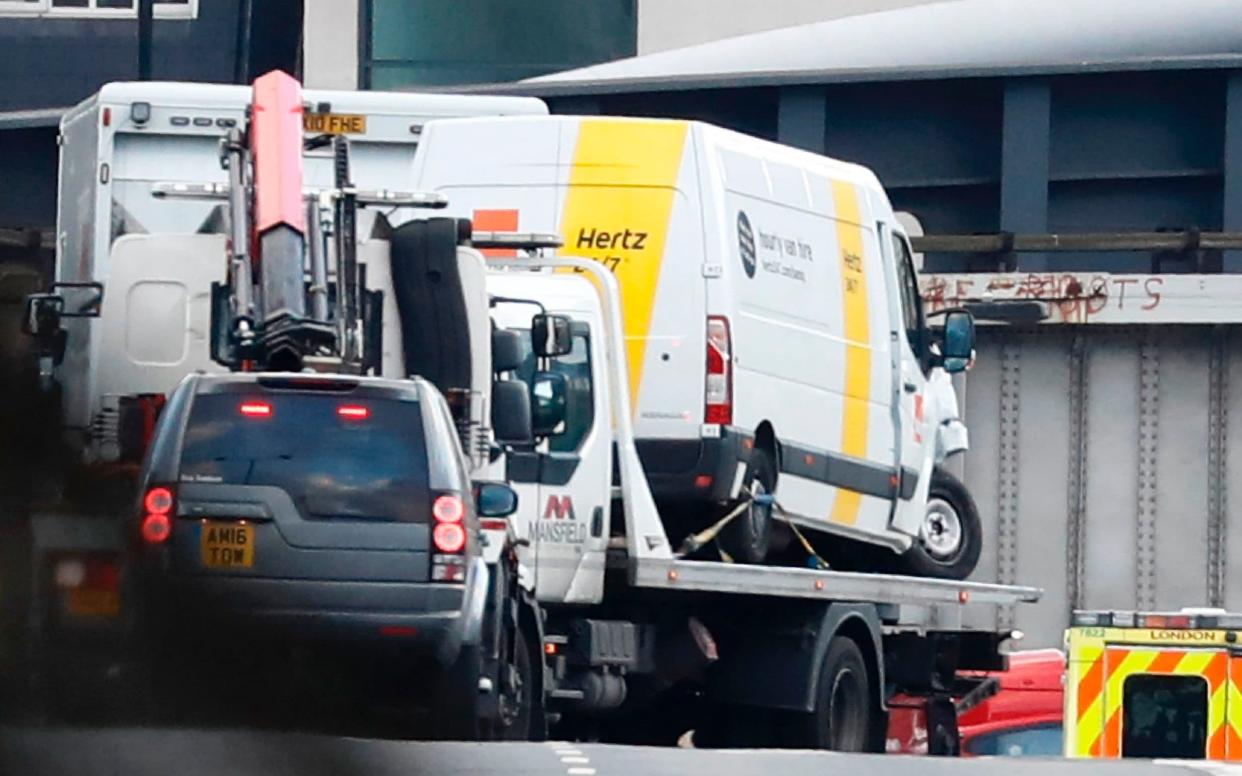Autonomous emergency braking – what is AEB and can it prevent vehicle terror attacks?

When 24-year-old Anis Amri climbed into the cab of a lorry and set off towards a crowded Berlin market, he’d probably never heard of autonomous emergency braking, or AEB.
He certainly didn’t disengage the AEB system that was fitted to the Scania R450 truck he'd taken. Perhaps he didn’t know how to, or perhaps he didn’t think to – either way, it was this system that prevented his horrific attack from claiming even more lives.

AEB is designed to prevent, or mitigate the effects of, vehicle collisions. It is able to crudely predict when a crash is likely to occur, and then take steps to either avoid it or make it less serious. Generally, the system will sound an audible alarm, often with a visual warning as well, when a collision risk is detected. If no action is taken by the driver, or if the reaction is deemed insufficient by the on-board computer, the AEB system will apply the emergency brake.
It’s a clever setup, and one that’s been shown to have a remarkably positive effect in reducing crashes. At low speeds, it can altogether prevent a collision from taking place, and at higher speeds it can at least reduce the severity of the impact. It does this by constantly scanning the road ahead, and by amplifying any brake pedal pressure into an emergency brake signal if it thinks your reaction to a hazard has been a little half-hearted.

Thanks to European legislation, all lorries are now coming equipped with this technology. It's fitted to a lot of new cars, too, though it isn't mandatory and can sometimes be a paid-for optional extra.
When Anis Amri began his murderous rampage, the system would have given him a visual and audible alert, while preparing itself to take control of the brakes. However, it’s likely that the system would have been overridden by his use of the accelerator at the time, and as a result did not stop the vehicle immediately.
However, as soon as the lorry collided with the market, the AEB system would have essentially decided that enough was enough, and pulled the virtual handbrake. This was what ultimately stopped the lorry, preventing what could have been a far bigger tragedy.

The Renault Master, the van used in the London Bridge terror attack, is available with emergency brake assist. Distinct from AEB, this just amplifies the brake signal when you haven’t stamped hard enough to complete an emergency stop. This system is unlikely to have been much use in London Bridge, unless the driver chose to use the brake pedal.
However, if the vehicle had been fitted with autonomous emergency braking, it’s likely that it would have stopped at the very beginning of the rampage. An audible warning would have sounded, accompanied by a flashing red light built into the dashboard. Had the attacker applied pressure to the brake pedal, this would have stopped the van.

If the attacker had not used the brake pedal, or if the AEB system had been overriden by other control inputs, then the van would have carried on until the first impact. As soon as the computer detected an impact, the van would then come to a halt – this wouldn’t necessarily prevent a tragedy, but it would certainly reduce the death toll.
Of course, a terrorist can find ways to override these features. And the wider difficulties associated with driving a large commercial vehicle probably hinder would-be attackers too. But the fact that AEB put the brakes on Anis Amri’s murder spree is testament to the power of safety tech – and a reminder that good product design can even replace human decency, when required.

 Yahoo News
Yahoo News 
